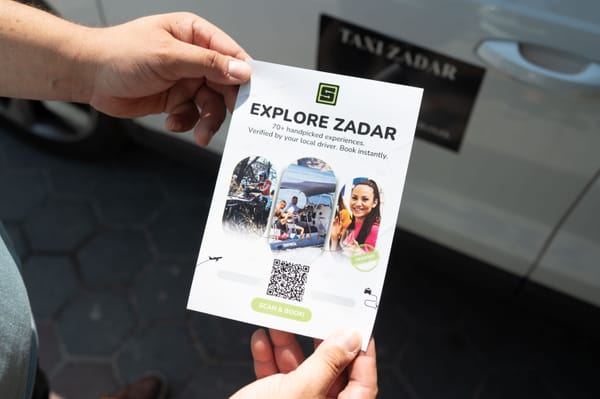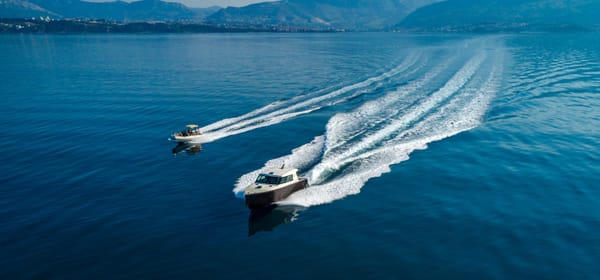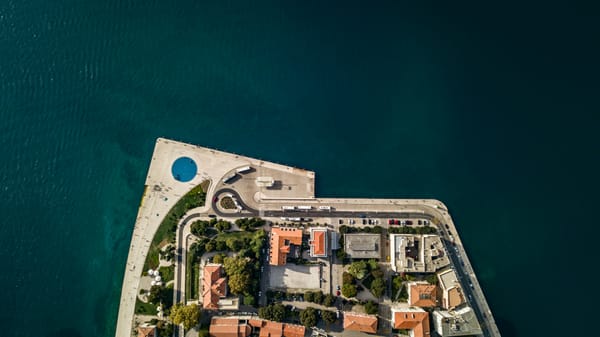Do Croatian destinations have the potential to become well-rounded tourism products?
Croatian destinations have an admirable potential, but they are still not using their natural and cultural resources as they should. Zadar region is an example.
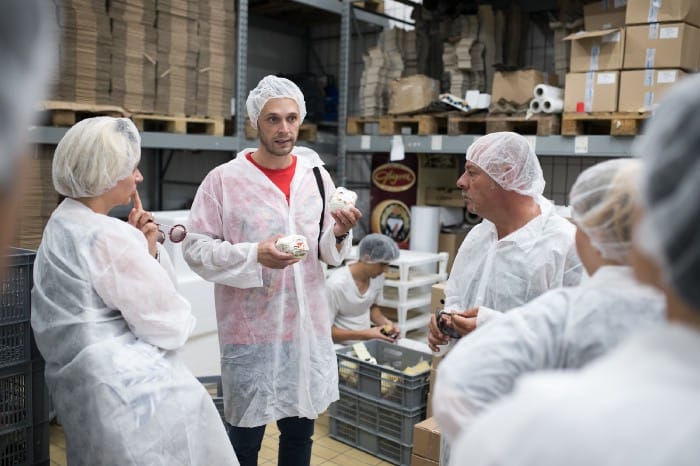
There is a simple thesis in tourism based on the processed data, but which expresses its logic even when faced with more superficial thinking. The thesis is about the connection between the broadness of the offer/activities supply of a destination and the possibility for that destination to be active in tourism for a longer period of the year, ie to reduce seasonality. It represents the conclusion of the work of two scientists — Laura Hagen and Tom Baum, back in 1999, and the correlation of these characteristics (diversified offers and less seasonality) was confirmed by Antonio Fernandez-Morales in 2003 through more exact data.
Translated, the more different things to do destination offers to tourists, the more they will have reason to come throughout the whole year — because not everyone wants to experience the same things and not everyone is limited by institutional factors (e.g. school year duration) just to travel during the summer.
Another thing Hagen and Baum found at the time was that destinations that had support from and were close to large urban centers were less exposed to seasonal factors — due to the present diversification of supply.
Translated, destinations well connected with cities can have a longer season because tourists that stay there have more things to do at their disposal (both in the city and its surroundings) that allows arrivals throughout the whole year.
What about the offer of Croatian destinations?
When we know these assumptions about the tourist demand we should strive for, we can simply ask ourselves — is there, and if yes — how big exactly is the potential of “packaging” of destinations as tourist products and therefore extending the tourist season in Croatia?
If there are quality natural and human resources, it is crucial to systematize and distribute those well, but also to physically connect it (with transport options and communication). Connect, because the availability of different activities and sights must be on a high level. Thus, let us remember, the city effectively expands its offer to the surrounding areas, so the year-round offer becomes closer, more accessible and more attractive.
And the offer can be distributed through package arrangements of travel agencies, physical and digital channels in the destination itself, various channels on the Internet during, just before, but also long before the stay of tourists. The tourist market we are addressing is heterogeneous and large and there is room for different formats of tourist offer.
Suppose that such a development of a marketing strategy with an emphasis on positioning, product and promotion (ie all those moves that will mean that Croatia is perceived as a unique country of high added value, not just a sunny holiday destination) — is a technical challenge and opportunity. Which we have not yet (completely) solved but which can be solved with enough resources, which we believe — we have. As a country strongly oriented towards tourism, it is logical to have them, isn’t it? Let’s leave that question open for a moment.
It is automatically joined by the question of the existence of significant natural and human resources. If, as a country with so much focus on tourism and associated resources, we have not done much to reduce seasonality, is the problem perhaps in the absence or lack of a resource basis?
Resource basis of the Zadar region as an example
Let’s look at the example of Zadar region and Zadar County.
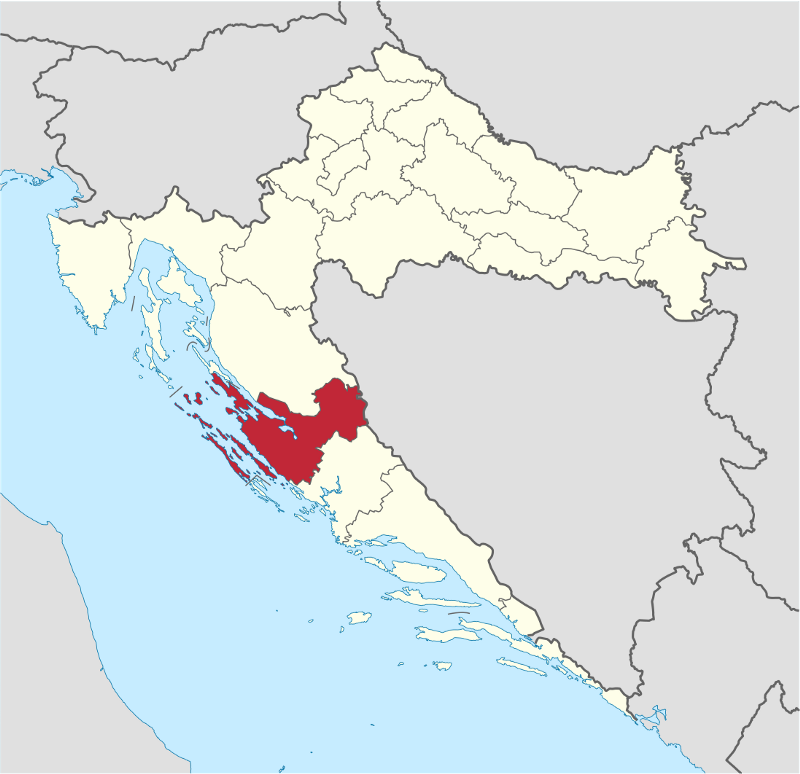
Let’s start from the islands of Zadar archipelago — Ugljan, Dugi Otok & Pašman and other independent islands and places. We will highlight some of the excellent and essential resources and activities we know from before, which tourists can take part of on the islands, their bays and beaches. Whether they are already there or traveling from Zadar by the means of regular lines of boats and ferries, as well as their own boats.
- Telašćica Nature Park (natural and cultural-historical heritage)
- Vala Tours stand up paddling tours (natural heritage and adventures)
- Family Farm Pierini (cultural heritage and local authentic gastronomy)
- Kayak & Bike Adventure (natural heritage and adventures)
- Family Farm Matulić (natural heritage, gastronomy and lifestyle)
- Malik Adventures (natural heritage, cultural heritage, adventure and gastronomy)
- Family Farm Žampera (gastronomy)
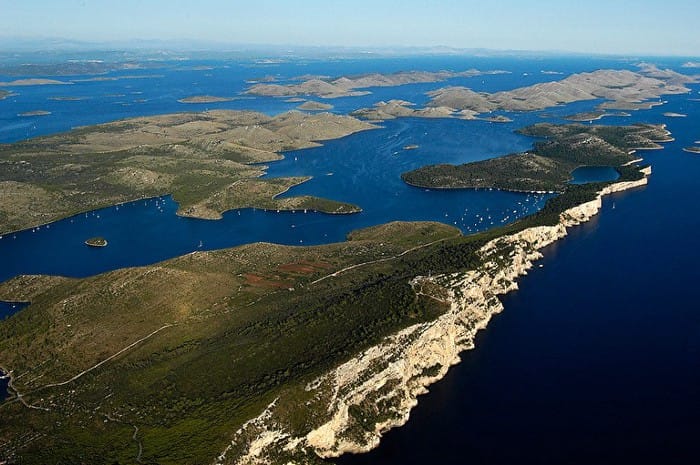
Moving geographically east, across the Zadar Canal, we also move from the islands and to the city of Zadar itself. We will highlight here the sights (some of them well-known around the world) which by their nature can absolutely resist the onslaught of weather, climate and the influence of institutionally determined schedules — because they can be visited and / or consumed almost anytime and because they have their audience, niche — or somewhat wider one.
- National Museum Zadar (cultural and historical heritage)
- Museum of Ancient Glass (cultural and historical heritage)
- The Gold and Silver of Zadar (cultural and historical heritage
- St. Anastasia Cathedral (cultural and historical heritage)
- St. Francis Church and Monastery (cultural and historical heritage)
- St. Mary Church and Monastery (cultural and historical heritage)
- Degarra Winery (food & wine experience and cultural heritage)
- Fiolić Winery (food & wine experience and cultural heritage)
- Varoška Brewery (gastronomy)
- Various restaurants where you can try homemade food or dishes with local ingredients (gastronomy)
- Museum of Zadar Basketball (cultural heritage and sport)
OK, some of you probably have ideas about combining and marketing different experiences and vacation packages already, we are sure. But, how surprised are you going to be when we scratch a little on the surface of the wide and rich hinterland of Zadar and the wider city area — Ravni Kotari, Bukovica, Pag, Paklenica, Novigrad Sea, Riviera Biograd…?
The potential is huge and we have something to look forward to in the future.
At Authland, we are proud of the supply of small producers and services that we gather in the category of local food, drinks, adventures and culture in Zadar area. Just look at this great list of adventure activities and gastronomic, cultural and natural attractions that can be enjoyed even outside the summer season:
- Škaulj Winery (food & wine experience and cultural heritage)
- Didini Vrtovi Family Farm (gastronomy and cultural heritage)
- Mashtel Distillery (food & wine experience and cultural heritage)
- Mate Dušević Family Farm (food & wine experience and cultural heritage)
- Benkovac Heritage Museum (cultural and historical heritage)
- Kraljevski vinogradi/Royal Vineyards (food & wine experience and cultural heritage)
- Nin Saltworks (gastronomy and cultural & natural heritage)
- Adventure Driven Vacations (adventure tourism)
- Paklenica Avanturist (adventures and natural heritage)
- Maškovića Han (historical and cultural heritage and gastronomy)
- Vrana Lake Nature Park (natural heritage)
- Pag Island Wines (food & wine experience and cultural heritage)
- Velebit Nature Park (natural heritage and adventures)
Although we covered only a part of the offer in Zadar County, it is clear that it is diverse and heterogeneous in its core. The point is — in Zadar region there are really enough different points and entities that allow development in the direction of a year-round destination.
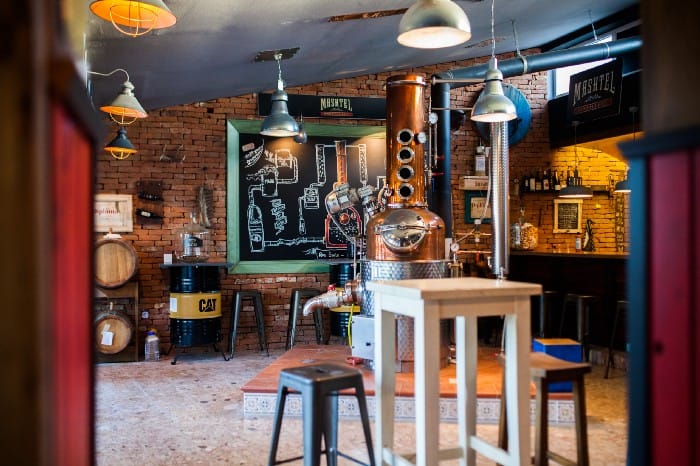
And the situation is similar or the same with other destinations in Croatia. We mention that because the marketing positioning must cover the entire country in order to achieve a stronger effect. After all, there are many similarities — geographical and cultural-anthropological, which allow our different regions to follow similar or same models.
So, we would say — as a country, Croatia is still a little behind in the meaningful valorization of tourist resources.
We must clearly recognize our strengths and then work on them wisely
However, it can be said that the trends in terms of systematization and thoughtful approach to the evaluation of the mentioned resources (whether cultural, human or natural) are positive. We know of several good initiatives that are underway in several Croatian destinations and which could yield excellent results in the next 2-5 years!
Regardless, it would be good if, as residents of a tourist country, those who want to promote Croatia and those associated with tourism, had in mind all the thematic clusters / niches that make us special for some reason, and then work on their branding and sales.

It must be something we know when woken up in the middle of the night. Something on the trail of Božo Skoko’s thinking in the book What are Croats like. We need to know what Croatia is like.
For example, when asked why we are so special, we can say:
We are one of the best hosts in the world with an excellent tradition
of gastronomy and winemaking, the amount of artifacts and
architectural masterpieces is incredible given the size of the
country, and nature is so wonderful in some places that it is said
that in the hinterland of one of our cities you can jump from the
magnificent mountains directly into the sea.
What sights and activities can you list in Croatian destinations you tend to visit? Don’t they look impressive when you put them all in one place?


